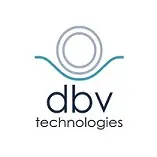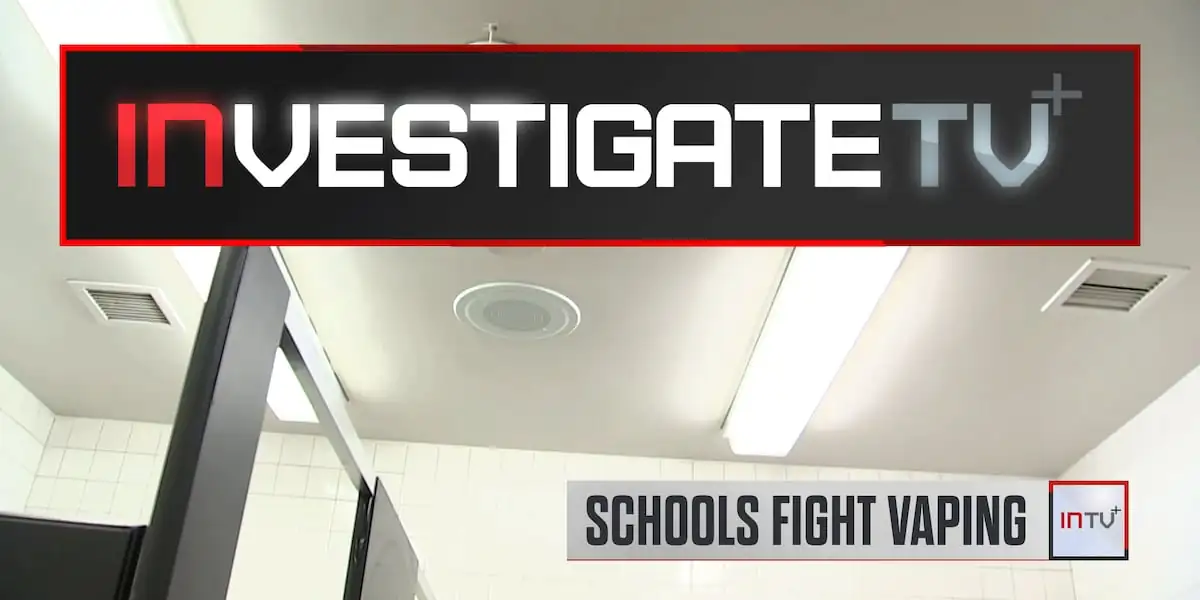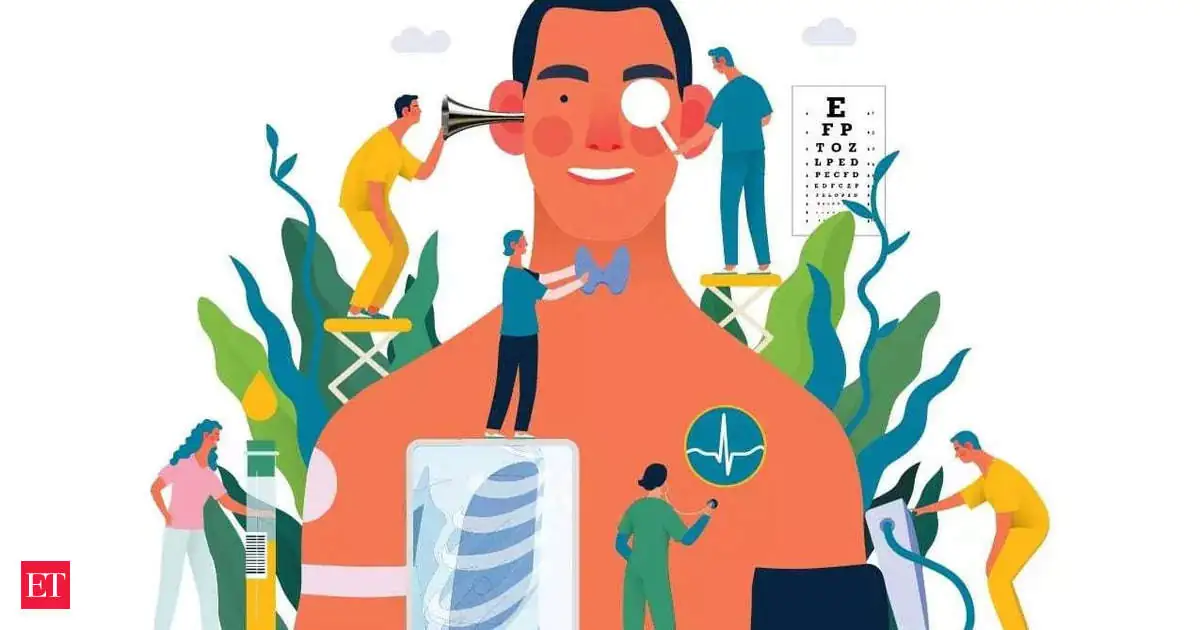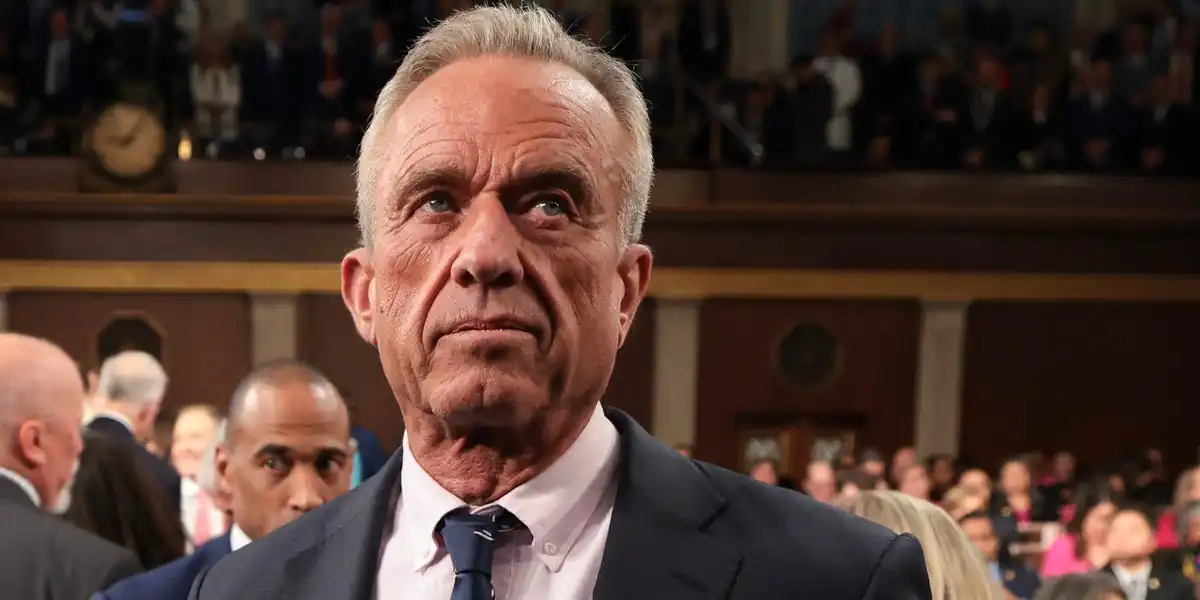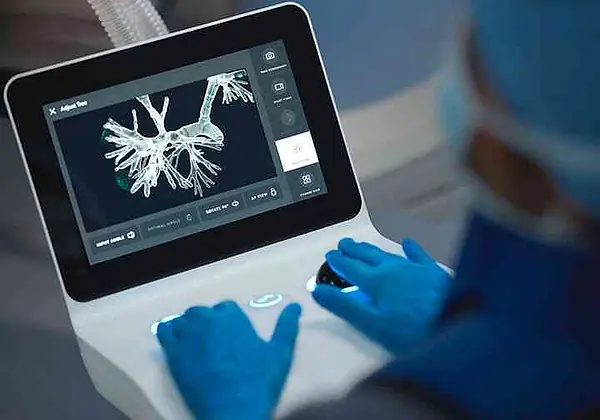Hope for Peanut Allergy Sufferers
Imagine a young mother, holding her toddler tightly as they rush to the emergency room, the child’s face swollen from an accidental peanut exposure. This is a reality many families face, dealing with the ever-present fear of life-threatening allergic reactions. For these families, the Viaskin Peanut patch offers a glimmer of hope. Developed by DBV Technologies, this innovative treatment uses epicutaneous immunotherapy to gradually desensitize children to peanuts, offering a potential solution to the lifelong management of peanut allergies.
Promises of the Viaskin Peanut Patch
The Viaskin Peanut patch has been under development for over a decade, with promising results in recent studies. For instance, in the EPITOPE Phase 3 trial, toddlers aged 1 to 3 showed significant improvements in peanut tolerance after using the patch for three years. Approximately 81% could tolerate 3 to 4 peanuts without a reaction, a remarkable increase from the study’s outset. Long-term data from other trials, like PEPITES, have also shown that treatment response rates improve over time, with 73.3% of children responding positively after 60 months.
Regulatory and Clinical Journey
Despite these advancements, the journey to FDA approval has been complex. In 2017, the patch failed to meet primary endpoints in the PEPITES trial among children aged 4 to 11. However, subsequent extensions of this study showed better outcomes over two additional years. More recently, DBV has secured an agreement with the FDA regarding the necessary safety data for children aged 4 to 7, accelerating the path toward regulatory submission.
Expanding the Mission: Beyond Peanuts
DBV’s efforts are not limited to peanuts; the company is also exploring patches for milk and other allergens, revealing a broader vision for food allergy treatment. However, financial challenges remain, as DBV’s operations rely on securing additional funding to advance clinical trials and potential commercial launches. In a significant development, DBV has announced financing of up to $307 million to support these efforts, underscoring investor confidence in the patch’s potential.
Looking Ahead: Approval and Availability
This financing comes at a critical moment, as it prepares the groundwork for a Biologics License Application (BLA) submission by mid-2026, potentially leading to market approval and availability of the patch soon after. As Dr. Pharis Mohideen, DBV’s chief medical officer, emphasizes, “We are doing everything in our power to get our product to the marketplace as soon as we can.”
A Safer Alternative
The implications of the Viaskin Peanut patch extend beyond the treatment itself, reflecting broader shifts in how food allergies are addressed. It offers a safer alternative to oral immunotherapy and injectable biologics like Xolair, which can have higher risks of anaphylaxis and require more restrictive management. “The patch is an extremely safe product with low risk of anaphylaxis,” notes Dr. David Fleischer, highlighting its convenience and lack of treatment restrictions.
The Human Impact and What Comes Next
As we move forward, it is essential to consider not only the medical breakthroughs but also the human impact. How will innovations like the Viaskin patch change the lives of families dealing with food allergies? What next steps are needed to ensure that these advancements are accessible and equitable for all who need them? These questions underscore the critical role of patient advocacy and healthcare policy in shaping the future of food allergy treatment.
For more on the evolving landscape of health innovations and policy, visit our health section on Epochedge Health. For broader news and updates, explore Epochedge News, and stay informed about the latest developments in medicine and beyond at Epochedge.

